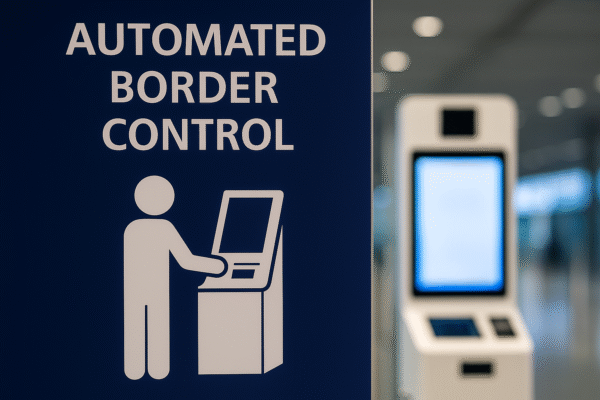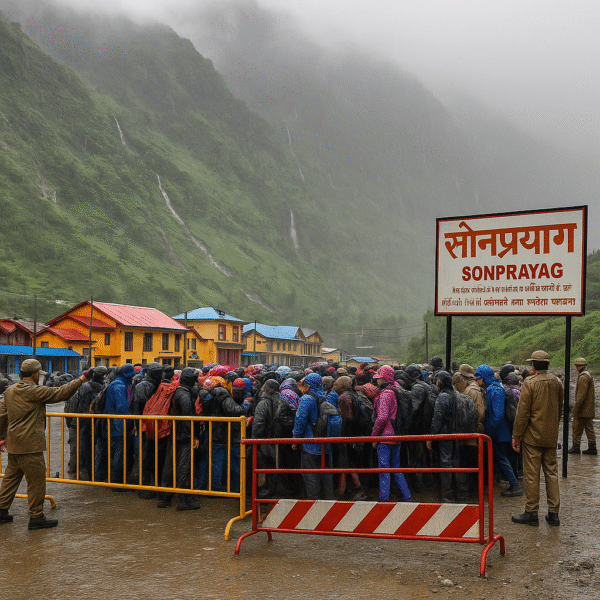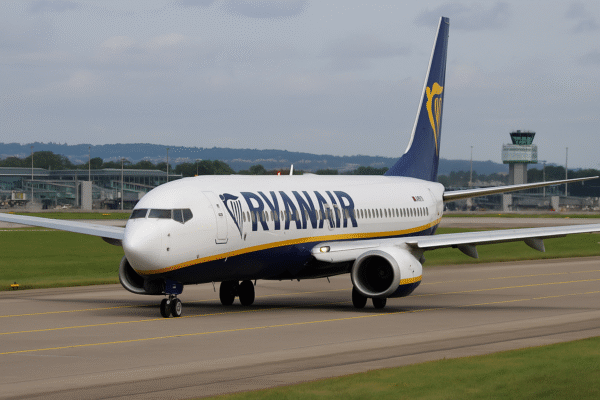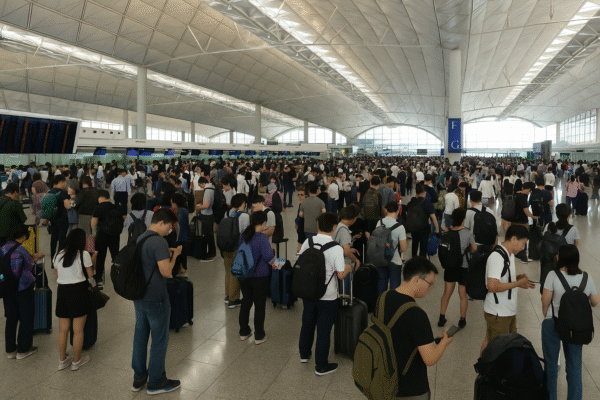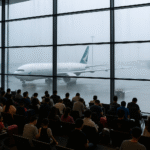Cathay Pacific passengers have been facing an intense wave of travel disruptions, with 309 flights delayed and six cancellations affecting key routes across Hong Kong, mainland China, Japan, and Xiamen. These interruptions have come during a high-demand travel period, leading to packed terminals, anxious travellers, and widespread adjustments to itineraries.
Airports Under Pressure
The airline’s home base, Hong Kong International Airport, has taken the heaviest hit, handling the bulk of delayed and cancelled services. Major connecting airports in Beijing, Tokyo Narita, and Xiamen have also reported significant scheduling issues, creating a domino effect for regional and long-haul flights.
Tourism industry insiders note that the timing could not be worse. July and August are some of the busiest months for leisure travel, with families, business travellers, and group tours moving through these international gateways in large numbers.
Cancelled Flights on Key Routes
Six major Cathay Pacific flights have been fully cancelled in recent days, directly impacting travel between critical business and tourism hubs:
- CPA392: Hong Kong → Beijing
- CPA521: Narita → Hong Kong
- CPA331: Beijing → Hong Kong
- CPA978: Hong Kong → Xiamen
- CPA393: Beijing → Hong Kong
- CPA979: Xiamen → Hong Kong
These routes connect some of the most important economic and cultural centres in the Asia-Pacific region. The cancellations have left passengers facing lengthy rebooking times or seeking alternative airlines to complete their journeys.
Delays Affecting Hundreds of Services
Beyond the cancellations, 309 Cathay Pacific flights have faced delays in the past several days. Passengers on these routes have reported extended waits at gates, missed connecting flights, and congested departure lounges.
Flights in and out of Beijing Capital International, Narita International, and Xiamen Gaoqi International have been particularly affected, with weather and scheduling knock-on effects slowing operations.
Possible Reasons for the Disruption
Although no official cause has been publicly confirmed, industry analysts point to several likely contributing factors:
- Operational bottlenecks caused by delayed aircraft arrivals and tight turnaround times.
- Crew scheduling limitations, where pilots and cabin crew reach regulated duty hour limits.
- Technical checks or maintenance requirements that prevent aircraft from departing on time.
- Weather challenges, including heavy rain, wind, and low visibility in Hong Kong and Beijing.
These combined factors can quickly escalate into widespread disruptions when demand is high.
Tourism and Economic Impact
The travel chaos is already being felt in the tourism industry. Hong Kong’s hotel sector, which is experiencing a summer tourism surge, has seen a rise in last-minute room bookings from stranded travellers. In Beijing and Tokyo, city tour operators have had to reschedule or cancel itineraries when visitors were unable to arrive on time.
Popular attractions — from Hong Kong’s Victoria Harbour cruises to cultural sites in Beijing and beachside escapes in Xiamen — have seen disruptions to visitor numbers over the past week.
Cathay Pacific’s Passenger Support Measures
In response to the large-scale disruption, Cathay Pacific has outlined support measures for affected customers:
- Rebooking on Next Available Flights – Passengers are being moved to later flights, although peak season demand means options may be limited.
- Full Refunds – Available for passengers on cancelled flights who choose not to rebook.
- Accommodation and Meals – For overnight delays or late-night cancellations, hotels and meal vouchers are being provided under the airline’s care policy.
Airport service counters in Hong Kong, Beijing, Narita, and Xiamen have increased staffing to handle the surge in inquiries.
Advice for Travellers
For those with upcoming travel on Cathay Pacific, preparation is essential:
- Check flight status early through official channels before leaving for the airport.
- Allow generous connection times if your trip involves onward flights.
- Review your passenger rights, including eligibility for refunds or compensation.
- Consider alternative travel options, especially if your route is heavily affected.
Clearing the Backlog
Aviation experts believe that while some routes may normalise within days, it could take longer to fully stabilise schedules due to ongoing demand pressures and potential weather variability.
Cathay Pacific is said to be working on redeploying reserve aircraft and increasing crew resources to help manage the backlog.
The situation has highlighted the fragile balance of modern airline operations in the Asia-Pacific market — where high passenger volumes, tight schedules, and unpredictable conditions can quickly create a chain reaction across multiple countries.
Conclusion
The current wave of delays and cancellations at Cathay Pacific serves as a reminder of the unpredictability of air travel. Travellers across Hong Kong, China, Japan, and Xiamen have been forced to adapt quickly, whether by rebooking flights, extending hotel stays, or changing their itineraries entirely.
While operational recovery is underway, passengers are advised to remain flexible, informed, and prepared for further adjustments. For the tourism sector, the incident is a cautionary tale about the importance of contingency planning during peak travel seasons in the Asia-Pacific region.
For more travel news like this, keep reading Global Travel Wire

